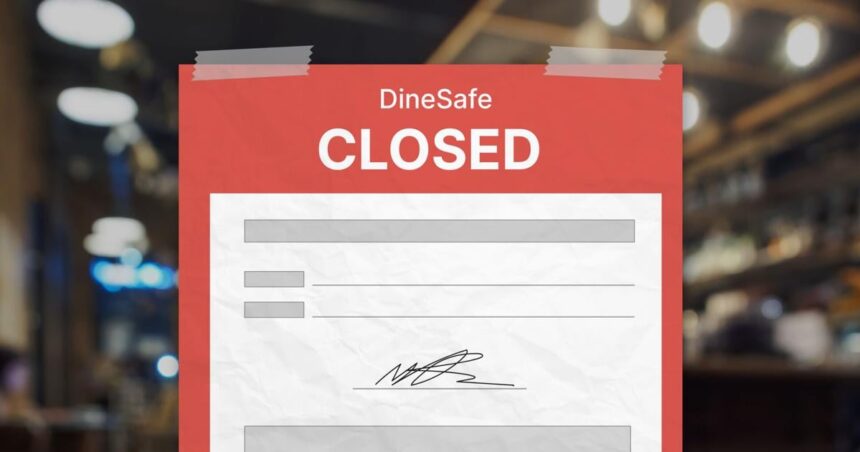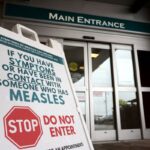The bustling restaurant scene in Toronto faced increased scrutiny this week as city health inspectors uncovered significant food safety violations across several popular establishments, raising concerns about public health standards in the food service industry.
Toronto Public Health’s DineSafe program, which conducts regular inspections of food establishments throughout the city, identified multiple infractions ranging from improper food temperature control to inadequate pest management. These findings come at a time when consumer awareness about food safety practices has reached unprecedented levels.
“The inspection results we’re seeing reflect a concerning pattern of basic food safety protocols being overlooked,” said Dr. Eileen Davidson, a public health specialist with Toronto Public Health. “Many of these violations are preventable with proper staff training and management oversight.”
Among the most serious infractions, inspectors found evidence of pest activity at three establishments in the downtown core, while five restaurants were cited for failing to maintain proper cold storage temperatures—a critical factor in preventing foodborne illness. At one popular brunch spot in the Entertainment District, inspectors discovered potentially hazardous foods being stored at temperatures well above the safe maximum of 4°C.
The Canada Food Inspection Agency estimates that approximately 4 million Canadians experience some form of foodborne illness annually, with restaurant sanitation practices playing a significant role in these statistics.
Restaurant owners facing violations have been issued compliance orders requiring immediate corrective action. Those with critical infractions must address the issues within 24-48 hours or face potential closure until the problems are resolved. Two establishments have already been temporarily shuttered pending significant sanitation improvements.
Industry experts note that the post-pandemic environment has created unique challenges for restaurants, including staff shortages and supply chain disruptions that can impact training and compliance.
“We’re seeing restaurants struggling to maintain consistent standards amid high staff turnover,” explained Marcus Wong, a food safety consultant and former chef. “But there’s simply no excuse for compromising on the fundamentals of food safety, regardless of operational challenges.”
Toronto’s DineSafe program has gained recognition for its transparency, with inspection results readily accessible to the public online and through color-coded signs prominently displayed at restaurant entrances. Green signs indicate a pass, yellow a conditional pass requiring follow-up, and red signs mark establishments that have been closed due to serious infractions.
Consumer advocates applaud the system’s accountability but emphasize the need for stricter enforcement. “The transparency is commendable, but we need to see more consistent follow-through when violations are found,” said Anita Sharma of the Consumer Food Safety Alliance. “Repeated offenders should face escalating consequences.”
City councilor James Patel, who oversees the public health committee, has called for a review of current penalties for food safety violations. “We’re considering whether the existing fine structure is sufficient to deter negligent practices. Public health cannot be compromised for profit margins.”
For Toronto diners, these inspection results serve as a reminder of the importance of checking DineSafe ratings before choosing where to eat. The city’s business community has largely embraced the program, with compliant restaurant owners recognizing that good food safety practices are good for business.
As we move into the busy summer dining season, with patios opening and tourism increasing, the spotlight on restaurant health standards will likely intensify. The question remains: will Toronto’s restaurants rise to meet these essential safety standards, or will we see an increase in health-related closures in the months ahead?
























